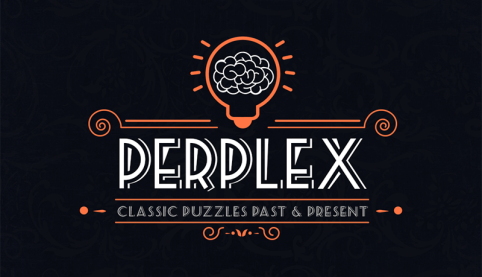Democracy relies on fair and free elections, but how does the voting system affect the outcome? Across the UK and the world, different systems are used: the Additional Member System for the Scottish Parliament and Welsh Senedd, the Single Transferable Vote for the Northern Irish Assembly, the Alternative Vote for Irish presidential elections, and First Past The Post for Westminster.
But which is the fairest and/or most effective? In this hands-on workshop, you will discover how maths can help us decide what we mean by the “fairness” of a voting system. We will be counting ballots in a mock election. Watch the video below to get started!
To participate fully in this workshop, you will need to engage with the ballot count activity. You have two options for accessing the ballots, as laid out below.
Time to count! Use the First Past The Post system to count the ballots and declare a winner! Remember to count only the first-preference votes.
Time to count! Use the Alternative Vote system to count the ballots and declare a winner. You might need to watch Video 3 again to remind yourself how to deal with a tie.
Once you have declared a winner, reflect on whether you thought this system was fair or unfair.
Time to count! Use the Borda system to count the ballots and declare a winner. Remember the points are awarded as follows:
- 4 points for a first-preference vote
- 3 points for a second-preference vote
- 2 points for a third-preference vote
- 1 point for a fourth-preference vote
You might like to use a notepad to keep a tally of the votes as you count them:
Time to count! Use the Condorcet pairwise-counting system to count the ballots and declare a winner. Remember, you will need to count the ballots for each pair of candidates pitted against one another.
You might like to use a notepad to keep track of the pairs as you count them:
Thank you so much for taking part in this activity! We hope that you have enjoyed it, and that it has helped you understand how mathematics can help us to understand concepts of fairness that help us make informed choices about our democracy.
Acknowledgements: This learning activity was adapted from materials purchased under license from Outstanding Resources, and is provided here solely for the purpose of your own private study. For use in teaching in an educational setting, you must purchase a single-user license from the Times Educational Supplement website. And a special thanks to Rebecca Rosenberg, Lecturer in Mathematics Education, for her help in developing this activity.



Rate and Review
Rate this activity
Review this activity
Log into OpenLearn to leave reviews and join in the conversation.
Activity reviews